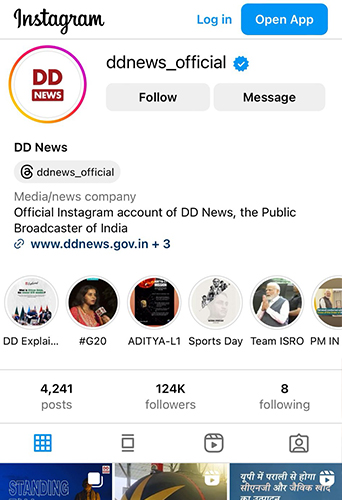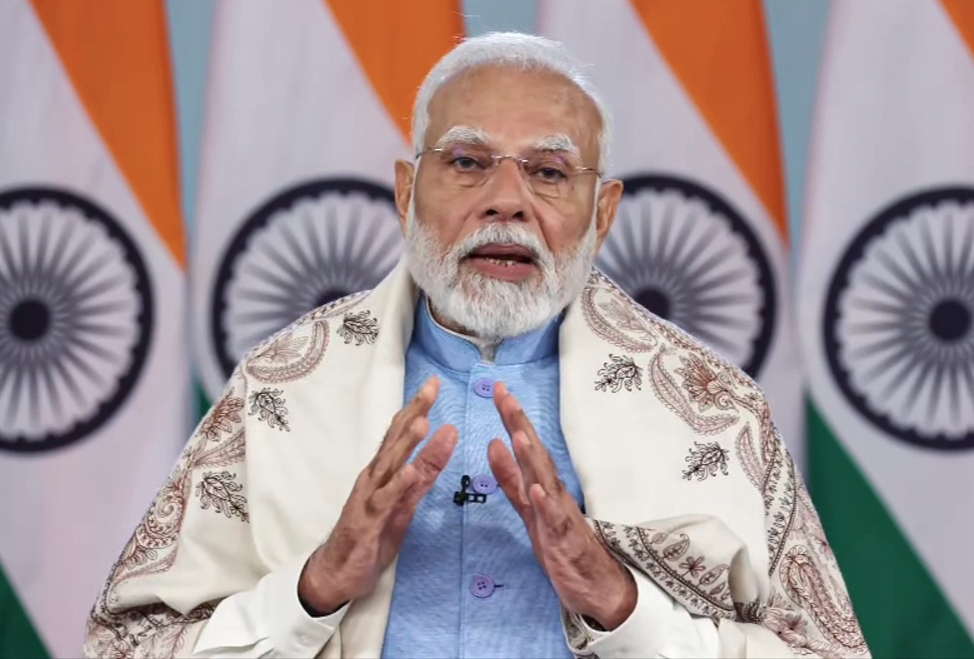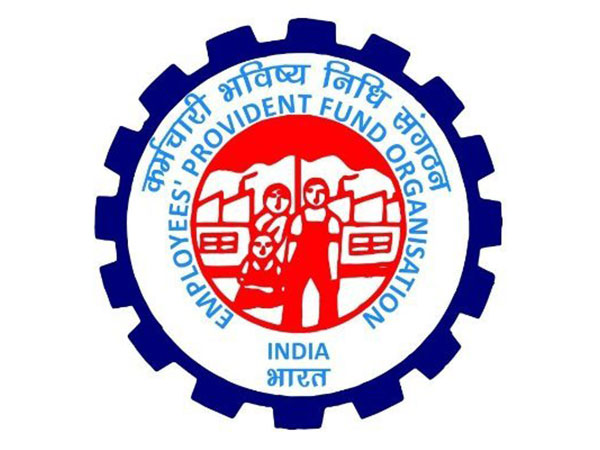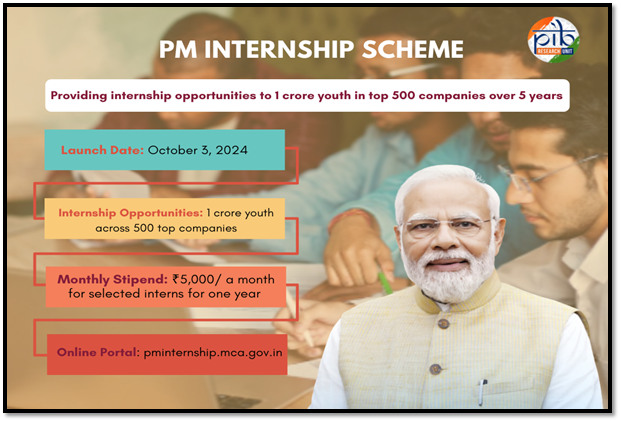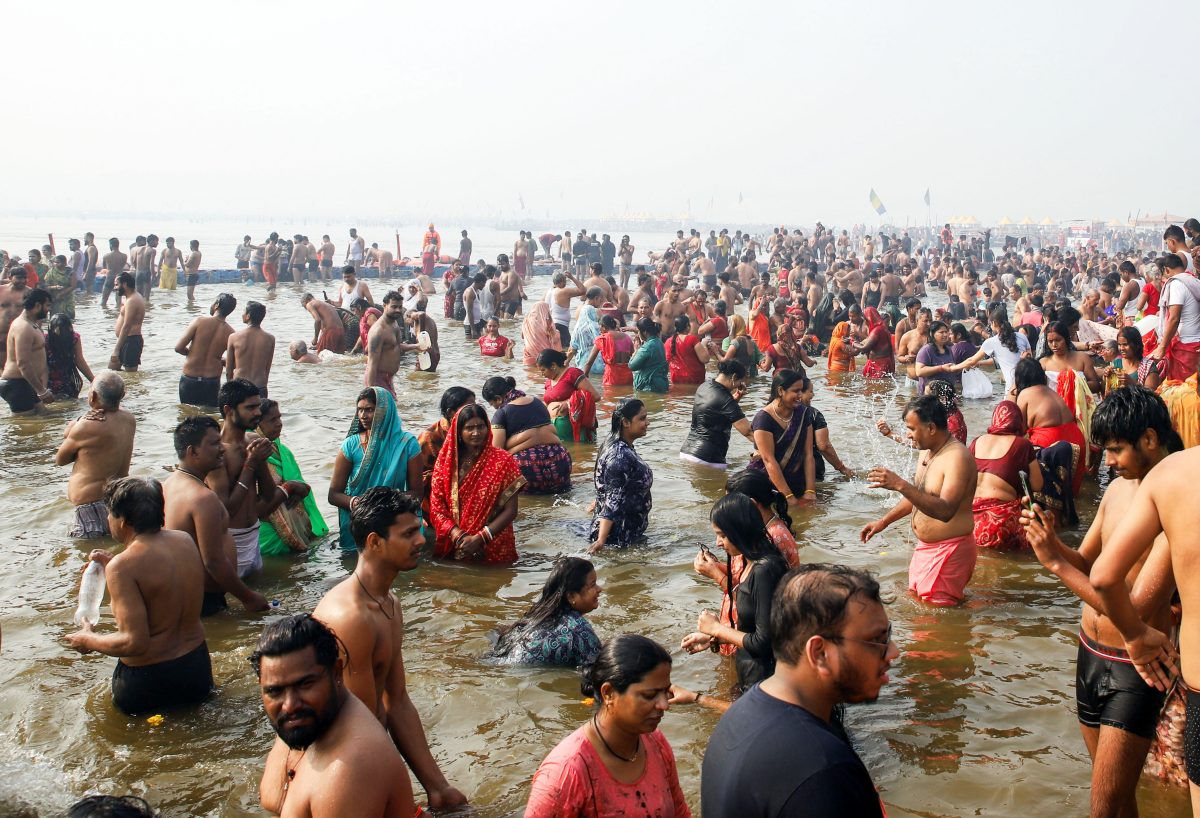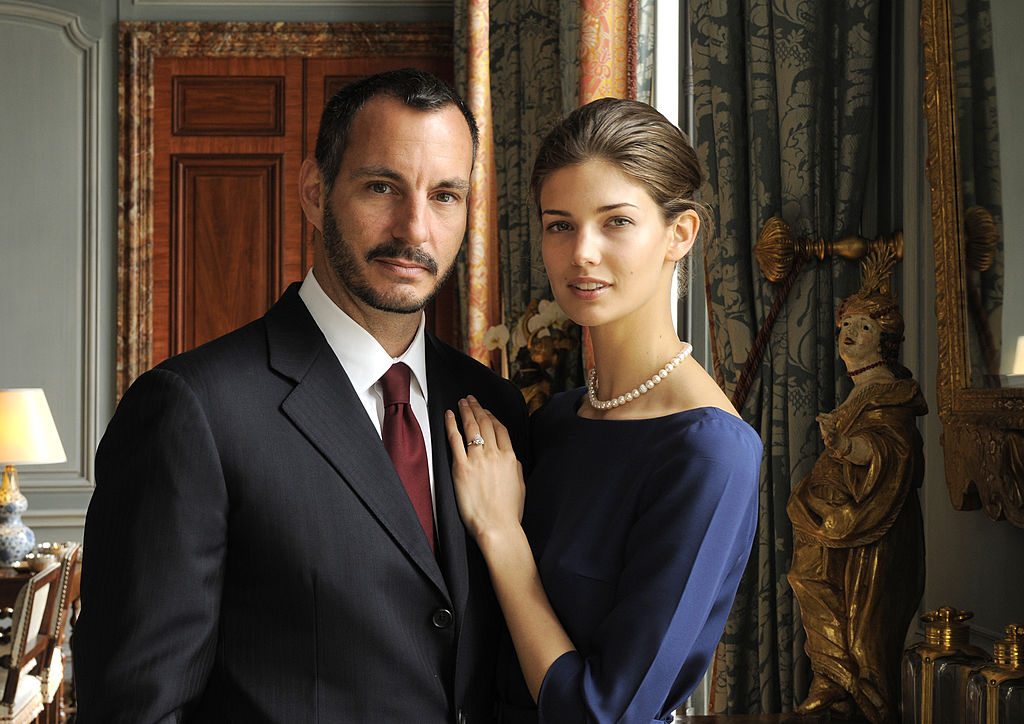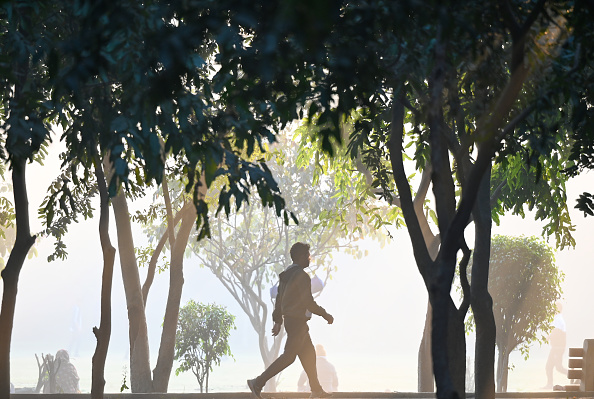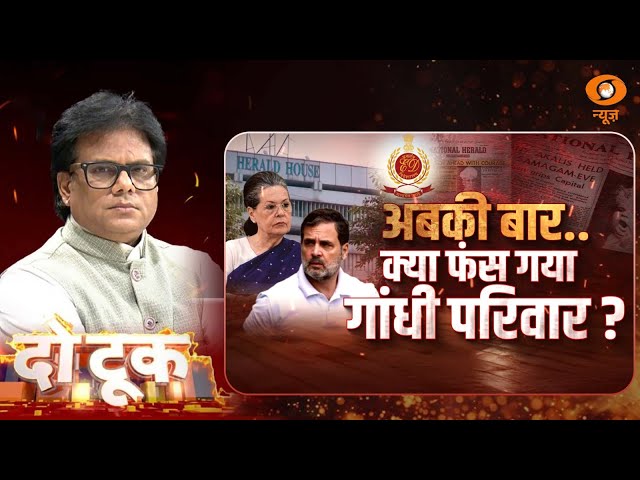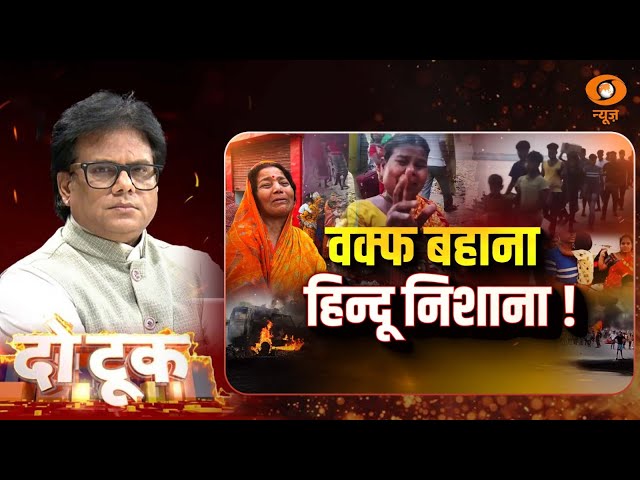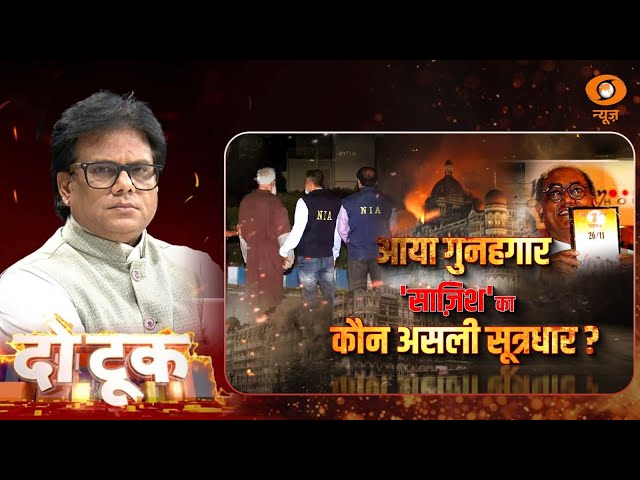The Mahabharata celebrates the presence of Krishna, a symbol for the antar-atma or inner wisdom, supporting queen Draupadi when she was wronged but none of her dear ones came to help. The ancient culture of India is replete with such stories when men and women stood by each other and created a good life together by sharing strengths. Krishna and Draupadi’s relationship was that of friendship and care, representing the core moral compass for any bond on earth. The story also emphasizes on the responsibilities of a ‘friend’ who must be there for each other in times of need. Friends may or may not be able to fight our battles on our behalf, but they are available to sharpen our arms and wash our wounds.
Women’s emancipation, globally, has been a concern for centuries. The movements have been slow, but firm and steady. Many men had come forward partnering the women in their struggles to unshackle from regressive traditions that made their worlds smaller. Such men have appeared in conservative families and narrow-minded societies, soldiering against women’s exploitations, irrespective of their personal equations with them. They stood the ground as true friends, attempting to change perspectives in favour of a fair and equal society. Men’s growing support over the years have enhanced the voices of women in raising awareness and challenging deep-rooted biases. From the fathers educating their daughters for an independent and respectful future, brothers sharing household chores, to the colleagues imparting tough training to prepare women employees for corporate growth or enforcing a safe and positive working environment – men’s cooperation normalizes women’s participation in all spheres, making it a shared responsibility rather than a women-only cause. Also, men who actively promote gender equality set strong examples for future generations.
Throughout history, several male leaders across the world have played a crucial role in championing women’s emancipation, challenging patriarchal norms, and advocating for gender equality. In India, Raja Ram Mohan Roy was a pioneering social reformer who fought against the inhumane practice of sati and worked towards women’s rights in education and inheritance. Ishwarchandra Vidyasagar was instrumental in advocating for girls’ education and widow remarriage, which led to the enactment of the Widow Remarriage Act of 1856. Dr. Sarvepalli Radhakrishnan, the first Vice President and second President of India, was a proponent of women’s education. In August 1848, Jyotirao Phule, and his wife, Savitribai opened the first girls’ school in Pune with nine girls from different social backgrounds, soon expanding to 18 schools for girls and children from Dalit families, between 1848 and 1852. Authors like Rabindranath Tagore, Vishnu Prabhakar, Premchand, Mulk Raj Anand, Sarat Chandra Chattopadhyay and others included strong women characters in their novels which made people think. John Stuart Mill, a British philosopher and politician, strongly advocated for gender equality. In the United States, Abraham Lincoln, though primarily known for abolishing slavery, believed in the fundamental equality of all individuals, supporting women’s rights movements. Theodore Roosevelt pushed for women’s right to vote. In South Africa, Nelson Mandela actively promoted women’s rights, recognizing that true freedom could not be achieved without gender equality. He appointed women to key government positions and worked to dismantle discriminatory practices. Ban Ki-moon, as the Secretary-General of the United Nations, launched initiatives like HeForShe, encouraging men to participate in the fight for gender equality.
Studies show that economies with higher female workforce participation experience sustained economic growth and improved living standards. Political leaders across the world are redefining the norms to include women in all social functions, governance and business. Prime Minister Narendra Modi’s vision for women’s liberation is deeply rooted in the fact that India’s growth is incomplete without the progress of its women. One of our biggest opportunities is that India is a country with over 1.4 billion people, where women make up nearly half the population. Their full participation is key to economic prosperity. By 2036, India’s population is expected to reach 1.522 billion, with approximately 750 million women. When women have equal access to education, employment, and leadership roles, the GDP rises, poverty declines, and systems strengthen. According to an International Monetary Fund report, women’s workforce participation on par with men could boost India’s GDP by 27 per cent. If 50 percent of skilled women join the workforce, the growth rate could rise 1.5 per cent to 9 percent per year. One of the biggest challenges is India’s demographic divide. Unlike many Western nations, where the majority of people live in urban centers, India’s rural and semi-urban population remains dominant. Women in these areas, especially from lower castes and tribal backgrounds, have historically faced limited access to education, healthcare, and economic opportunities.
The Modi government has aggressively pushed for grassroot-level leadership, ensuring that women from the most marginalized communities receive education and training to become local leaders, business owners, and policymakers. By educating these women and giving them a platform, the government is fostering self-reliance, ensuring that they do not remain dependent on male family members for their financial and personal decisions. PM Modi has been vocal about his focus, especially on raising the marginalized women’s position in India, attempting to transform silent contributors into informed decision-makers.
In July 2018, PM Modi, addressing over one crore women, emphasized youth skill development and women empowerment under the Deen Dayal Antyodaya Yojana. In Chhattisgarh, 122 Bihan Bazaar outlets across 22 districts sell over 200 Self-Help Group (SHG) products. Since 2014, 20 lakh SHGs have been formed, benefiting 2.25 crore families, adding an earning member to five crore rural households by 2018. Since 2014, women-centric policies have fostered Nari Shakti-led development as a pillar of New India. Initiatives like Self-Help Groups, Lakhpati Didi, and Drone Didi have boosted rural women’s economic empowerment. By December 2024, ₹9.74 lakh crore had been provided to women-led SHGs. India has 25,385 women welfare cooperatives and 1,44,396 dairy cooperatives employing rural women. As of March 2025, 90.87 lakh SHGs support 10.05 crore rural families. Under Lakhpati Didi, women in SHGs receive interest-free loans of ₹5 lakh. India’s development story today is spearheaded by grassroot entrepreneurs and leaders across gender, caste and locations. The remote locations have been especially monitored, ensuring that the huge potentials of the country are being increasingly realized.
One of the most symbolic acknowledgments of women’s power has been their increasing representation in the Padma Awards, India’s highest civilian honors. Under the Modi government, a large number of grassroots women leaders, social workers, and change-makers—many from humble backgrounds—have been recognized for their contributions. This has sent a strong message to patriarchal societies in rural and remote areas, forcing men to acknowledge and respect women’s achievements. When a tribal woman, a rural teacher, or a female scientist receives a national honor, it compels the men in their communities to rethink traditional gender roles.
When the Prime Minister of a country actively champions women’s empowerment, it creates a ripple effect, inspiring men across all sections of society to adopt a similar outlook. India is a country of diverse cultures and practices, spread over a large rural and remote landscape, neck deep in superstitions and ill practices because of lack of exposure and infrastructure. PM Narendra Modi’s consistent emphasis on women’s dignity, inclusion, and success is targeting a national mindset shift, encouraging men to respect, support, and uplift women in their own families, workplaces, and communities. His speeches often highlight the contributions of women in various fields. With significant infrastructural developments and rewarding women achievers from remote communities, a strong message is constantly being passed to the men of the backward communities to build the life-frame together by sharing responsibilities instead of looking down at women as the weaker sections. PM Modi has frequently spoken about women achievers in his ‘Mann Ki Baat’ program, he has personally met and honored women like Nari Shakti Puraskar awardees, grassroots leaders, and athletes. He acknowledged the critical contributions of the women scientists during his interactions with ISRO’s women engineers for Chandrayaan-2 and Chandrayaan-3 missions.
Events like Pariksha Pe Charcha found him motivating girls to excel in academics and overcome societal pressures. He also met young female innovators, such as those from Atal Tinkering Labs, praising their scientific achievements. In 2023, he met Purnima Devi Barman, an award-winning conservationist, praising her work in protecting the greater adjutant stork. He has also appreciated Tulsi Gowda, a Padma Shri awardee known as the “Encyclopedia of Forests,” for her lifelong dedication to afforestation. During global summits like COP26 and G20, he has highlighted the contributions of women in climate action. In 2023, he also interacted with schoolgirls at the G20 Summit’s “Mission LiFE” event, urging them to take leadership in climate action. His encouragement of female students, especially in STEM fields, has reinforced the importance of education in empowering young women to shape India’s future.
By consistently advocating for women’s progress, PM Modi has set an example for millions of men. It shows, in the way the society is opening up for women, fostering an environment of trust and sharing. Each successful woman inspires a thousand more to believe in their competence. Every supporting man inspires ten others to believe in social justice. The ratio is obviously not parallel, and hence it will take a long time for a holistic change. The good news is that things have started turning with the Prime Minister of the country taking the lead and openly discussing women’s success and the importance of such progress. The mountains that must be brought down and the dark prisons to be shattered have been identified. Business leaders ensuring equal pay, houses where a girl-child is not someone to be married off and fathers treating women as equals becoming the male role model for boys, a society that leaves stereotypes and discriminations behind – the path is long and demanding. A large number of men and women today are committed to fostering a healthy and competitive environment, targeting exponential growth in terms of learning and output. They are dedicated and are even fighting the mind-blocks of self and others, to protect, upheld and empower the collective Indian dream.
(Writer is an academic, and literary entrepreneur known for her works blending mythology, history, and gender studies)





